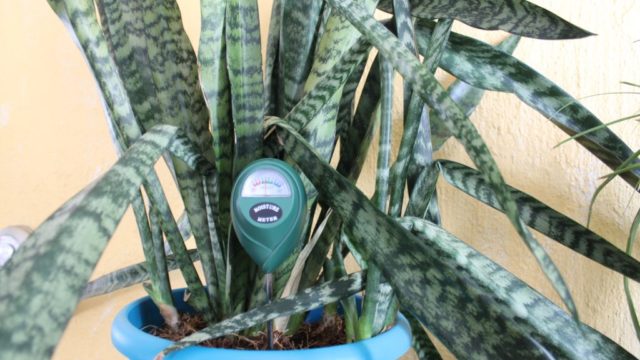
It’s time! Finally, the weather is warm and you can open your windows after a long, cold winter. However, winter is harsh on indoor plants, and usually leaves them with pests problems. I’ve listed the typical pests I look for on my plants, complete with photos of my once infected friends. My plants are just as excited about spring as I am, and they deserve a makeover before their favorite time of year.

In New York, winter can be horrible, but I’ve embraced it after my indoor plant collection has grown. It gives me a time to get in touch with them, check for pests, learn their watering patterns and sunlight tolerance, and how they like their coffee. Come summer, they spend most of their time on my enclosed porch or outdoors. My house becomes empty and a bit pale without the jungles in every room. To be honest I love having everyone in my house, but know they are much happier in a humid porch. On the plus side, my house suddenly becomes much bigger.
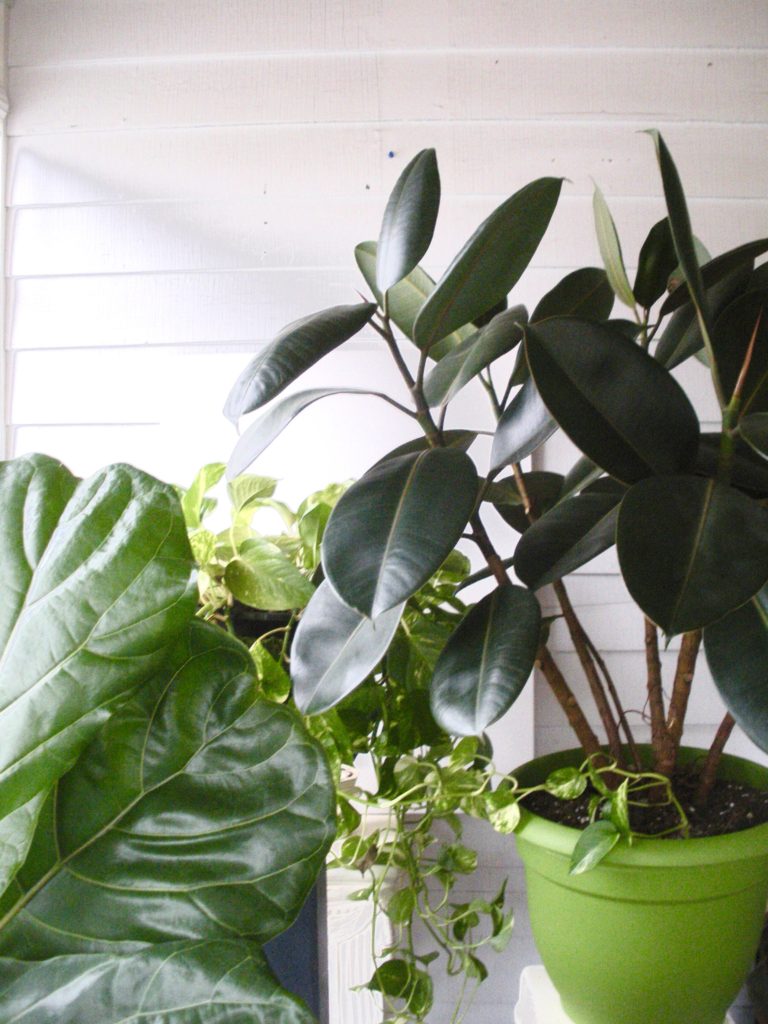
Pest problems are common in winter though; harsh heat, dry conditions, and cold drafts do a number on them. I usually loose one or two every year just because I live in an historic house with irregular heating spots. Keeping plants alive all winter is hard. My hedgehogs need a warm temperature, so most of my rooms are a toasty 69-71 degrees Fahrenheit. This makes it dry for indoor plants that love humidity. And that’s like, all plants.
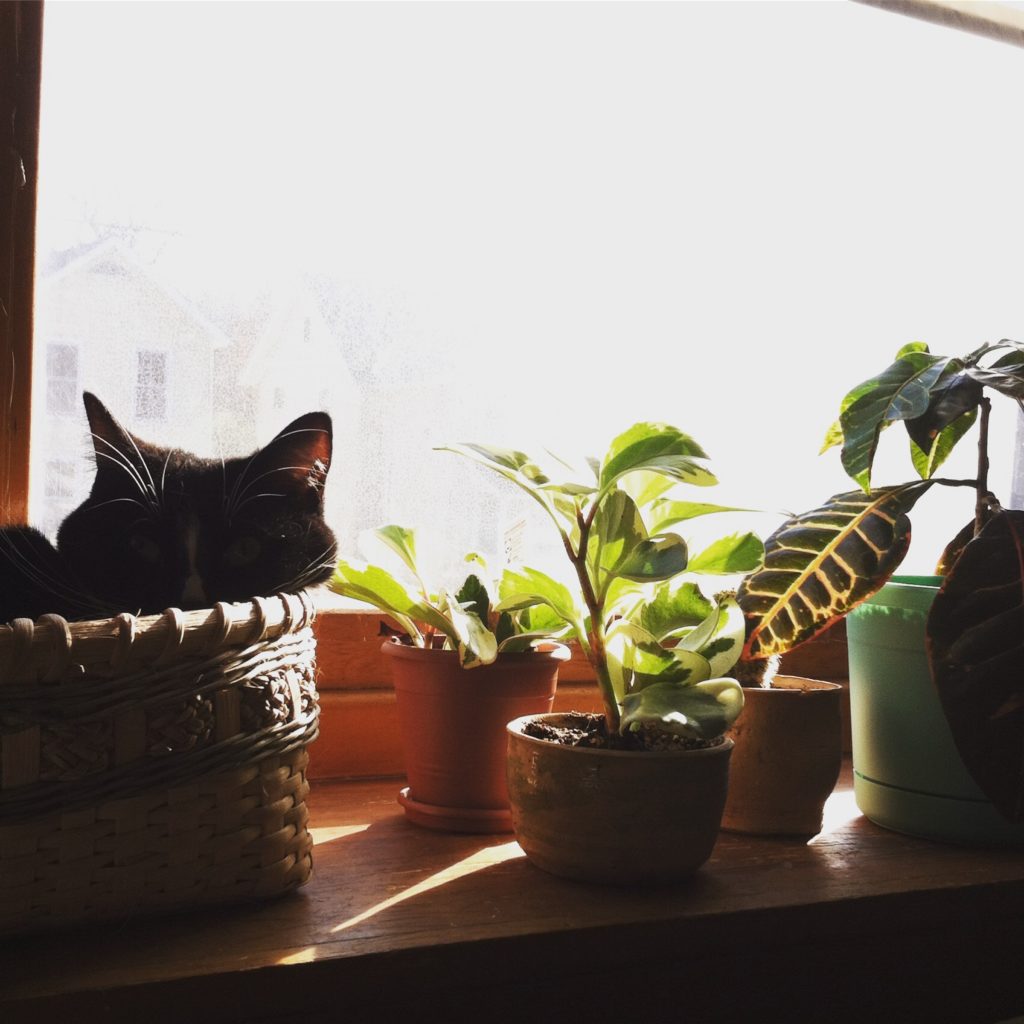
Speaking of temperature, it gives pests a breeding ground. All winter and, especially once the weather warms, I check for bugs. I search undersides of leaves, stems, tops of the soil and all crevices. They’re are sneaky little bastards and can be anywhere. ANYWHERE. So bring out your best Sherlock Holmes magnifying glass and go bug hunting.
What you see: Tiny white fluffy things on stems and leaves.
The Pest: Mealybugs
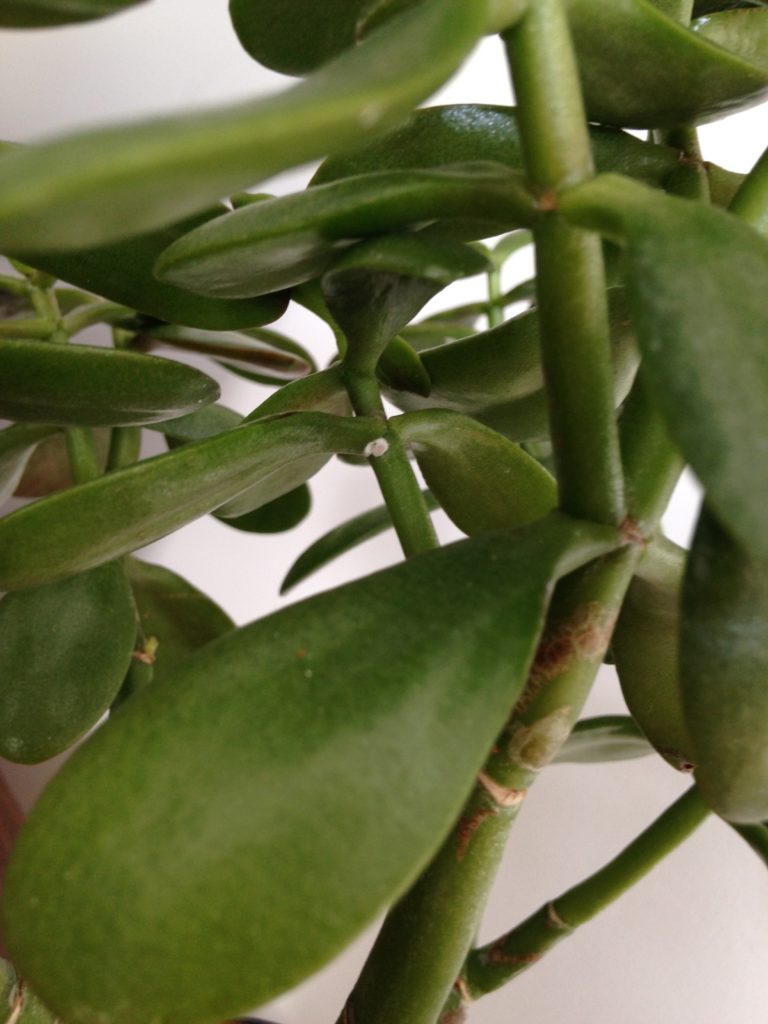
These are mealybugs and the most common indoor plant problem. They offer nothing to the world and only suck plants dry of energy leaving them to slowly die a horrible death. They are small and fluffy, usually surrounded by some kind of webbing and are a bloody mess if you squish them. That being said, destroy them upon first sight. They’re most commonly under leaves and along the stems. If there are only a few (and look at the WHOLE plant), take a cotton swab/ball drenched with “>rubbing alcohol and place over bugs. This will suffocate them. Either wipe them off or remove with tweezers until all visible bugs are gone. If there is any white fluff embedded in leaves, dredge the section in alcohol as well. Place plant in quarantine until there’s no sign of the devil creatures.
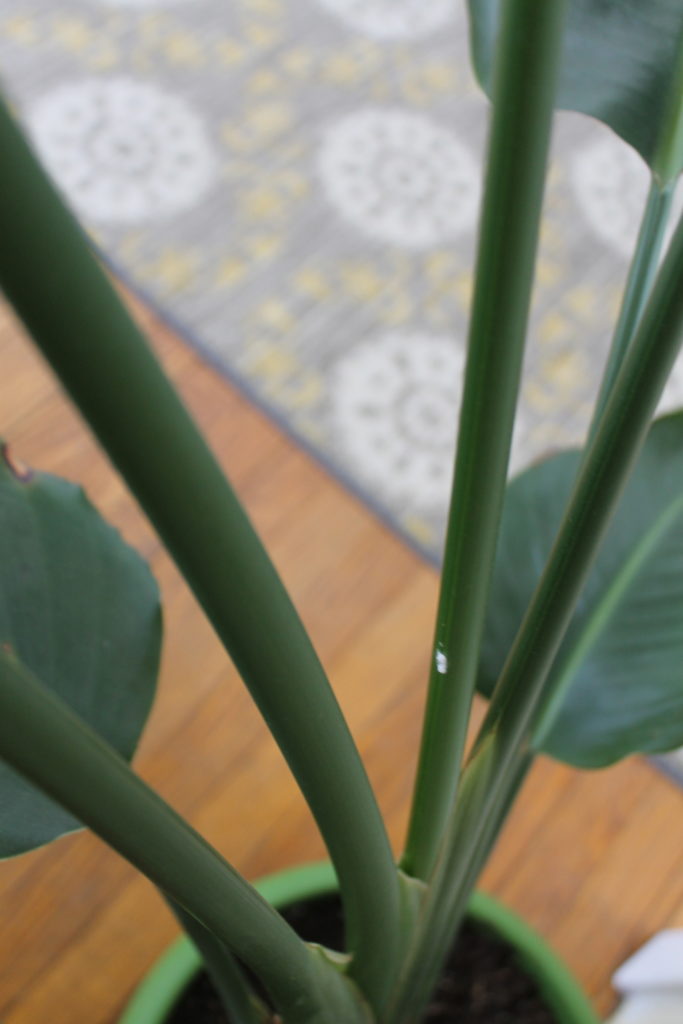
If it looks more like a house party of mealybugs, use your best judgment. Try the alcohol method as many times as you need, but if there’s a lot of bugs you will need to go to your nearest garden center for their best systemic pest removal. A systemic is a pesticide that gets absorbed into the roots and stem and continues to work even after the initial applications. This will have to be applied outside, and always follow pesticide directions thoroughly.

What you see: Brown or white flecks on leaves
The Pest: Scale

I’ve never had a problem with scale until I blindly purchased a Staghorn fern from a garden center. He was covered in little white and brown specs, which I didn’t notice until I got home. It wasn’t mealy bugs, but scale pests, and they were slowly sucking life out of my new plant. My fern above shows where each scale bug was, you can actually see the chlorophyll depleted. So, so sad. I actually used a combination of dish soap and water to get rid of them, about 2 Tbsp per gallon of water. I submerged the top of the plant and left it for a few minutes. Anything left on the plant I handpicked off slowly, and, hours later, he was good as new. Ferny is on the mend, but the scale scars are still around. Lesson learned- always, always check plants for bugs before buying.
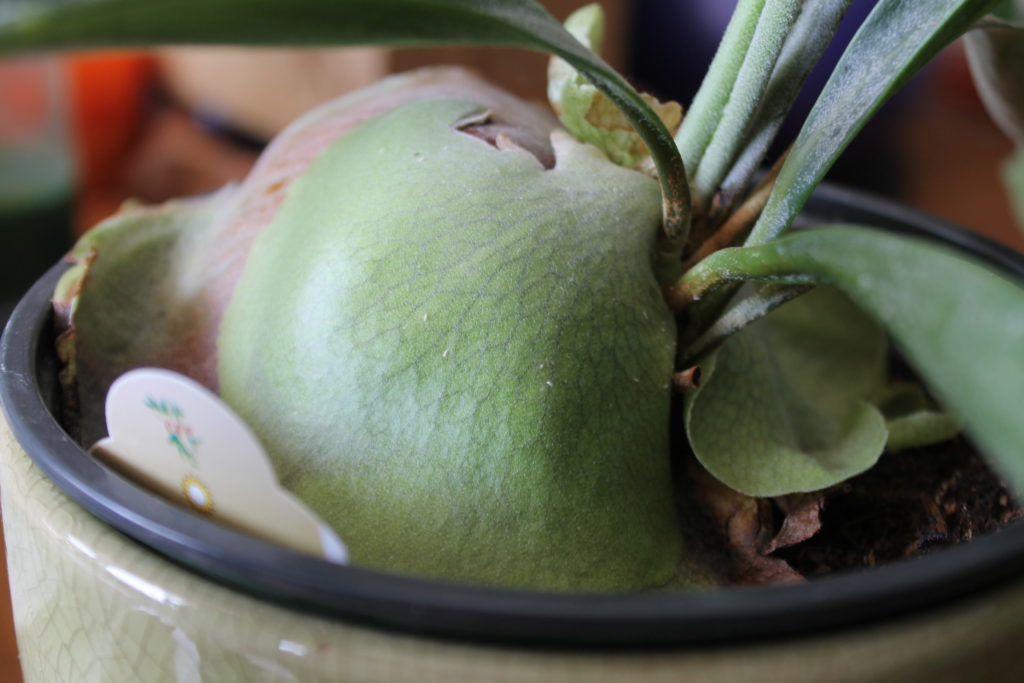
What you see: Tiny gnats flying around the soil
The Pest: Fungus Gnats
While the name “fungus gnats” is enough to make be barf, these are the worst pests of the bunch because they are incredibly annoying. The don’t just buzz around plants, but food, pets, people, your mouth, eyes, computer screen, sugary drinks, coffee, dear lord make it stop! So I did and here’s how.
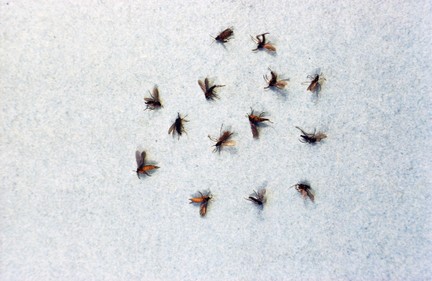
This took some digging. Literally. They live in the soil of houseplants so you can’t actually see them. The larvae feeds on fungi in soil, plant roots, or starter plants and seedlings. These then grow into the monsters you see flying around your head at night. Soggy wet plants are their favorite, so check your soggy plants without drainage holes first. Sometimes gnats leave a slimy trail on the top of the soil, but that’s not always visible. You really have to dig.
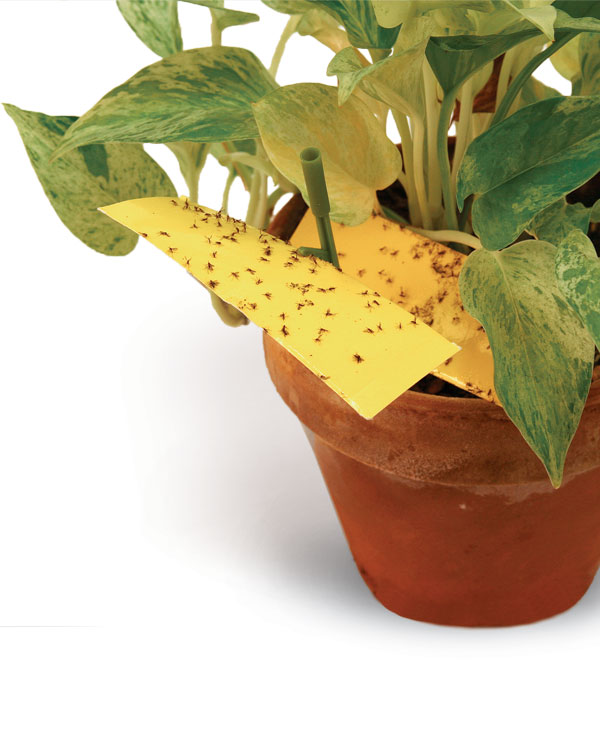
The first step, once you find the infected plant, is drying it out. The gnats can’t survive without sign fugusy water, so by drying the plant out you are killing the larvae. Next drain any extra water that is left after watering your plant (this includes water in saucers). Step two is to put the plant outside or in another location until the gnats have died down. If that isn’t an option (maybe it’s winter outside), secure some fly paper all around the top of the soil. Monitor how many get stuck everyday then rejoice when the paper is clean. If you want to go the extra mile, clean up any debris or dead leaves or roots around the plant.
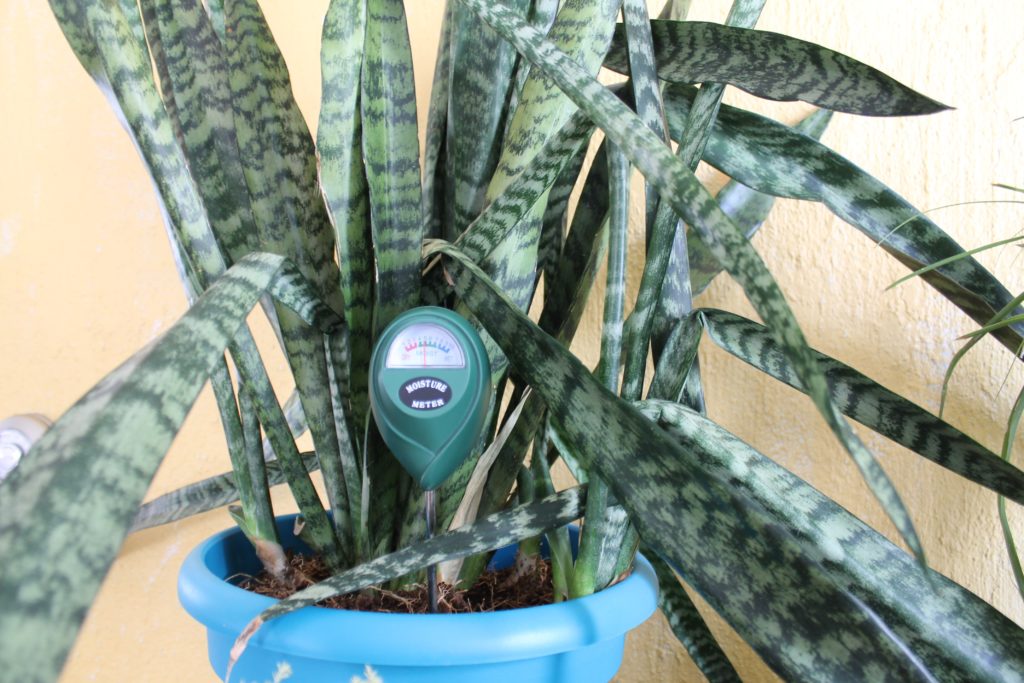


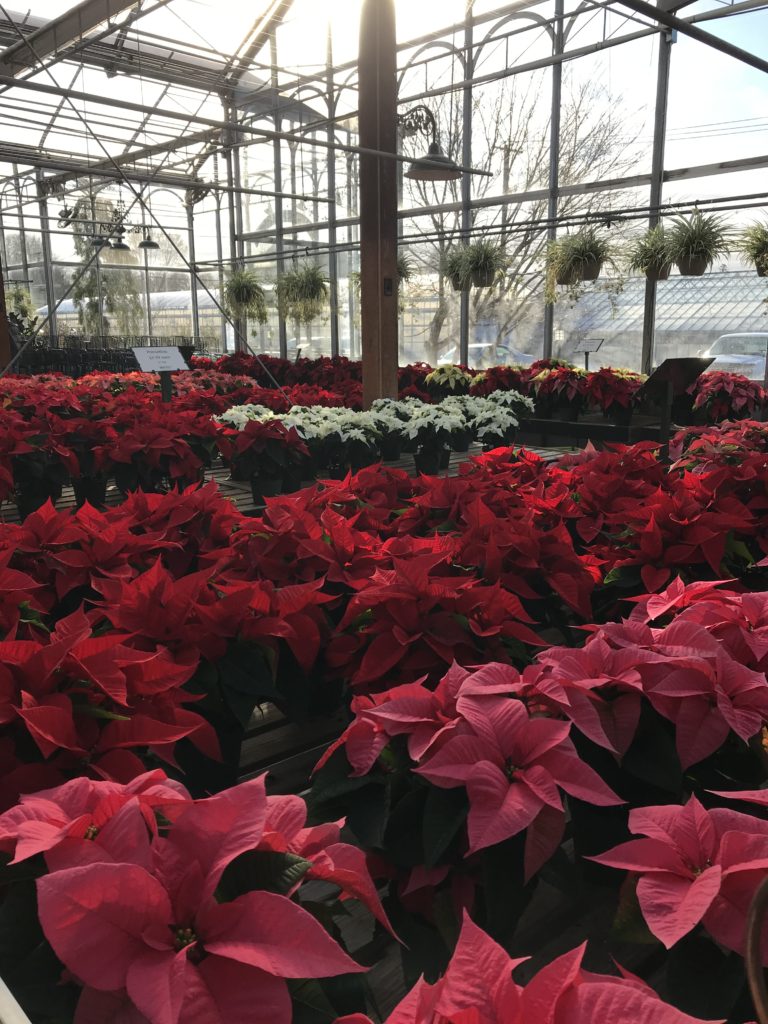

This has helped me so much! I’m new to the world of indoor plants and have unfortunately lost a few of my plant pals already. I’m desperate to learn anything I can to keep my other buddies alive and thriving! Thank you for this!
You’re welcome, Abigail! Feel free to message me on Facebook if you need any help. 🙂
Anastasia
I’m super glad I found your website! You’re incredibly helpful by providing useful and relevant pictures about every case, especially about the fungus gnats. This morning, I thought I found a fly (now I know it was a fungus gnat) in my peperomia and I also noted some tiny silver-like bodies moving through the soil, not sure whether they were silverfish, springtails, or other bug larvae, but I decided to change the soil. I bought my little plant a couple of days ago and it was on a crowded shelf with other peperomias, I’m guessing that made it easier for these bugs to spread.
Fortunately, I think we’re good! But I will most certainly pay more attention to their health and check for any pests as the days get warmer in NYC!
Thanks for visiting Greta! Gnats are the worst and changing the soil should definitely do the trick. Now that it’s (finally) spring in NY, there’s all kinds of bugs waiting to come out!
Hi there,
How do I get in touch regarding plant issues? I have a poorly Monstera with browning leaves and yellow outlines 🙁 Six leaves have been affected with this condition.
Thanks,
Sinead
Hi Sinead, Oh no! Pictures are more than welcome on Facebook, you can private message me or just post to the comments section, or you can email me at helloleafandpaw@gmail.com. I’ll take a look and see what I can do!
Your blog is so useful for a beginner indoor plants lover like me ?? Please keep updating your blog with more tips! Can’t wait to read more. Thank you!
Thank you for the kind words, Linh!
I’m super happy that I found your website! I never knew how to control the gnats on my Draceana. Found very useful info on your blog!
Thank you.
Thanks for reading Vindhya!
I had the worst problem with mealybugs on my monstera this past fall/winter. After many mornings/evenings inspecting my favorite plant I realized the pest was from the bird of paradise I was looking after for a friend. It’s spring now and the pests are almost completely eradicated on both plants. I used a solution of unscented dr bronners soap and filtered water and sprayed this on areas I found the bugs. Also to get those tricky areas between stems on the monstera. Besides spraying with this solution I also used Q-tips and tissues to squash any bugs I could find on my own. Awesome article and blog!
Great tip Sara! And thanks for reading. 🙂
Wow, so glad I came across this article. Can’t thank you enough.